What material is the least likely to cause allergies in necklaces?
Posted on January 2, 2024
The necklace materials that are least likely to cause allergies usually include:
1. Pure gold (such as foot gold, thousand foot gold) : Gold is a highly inert metal that is not easily chemically reactive with the skin, making it a very safe choice for most people.
2. Platinum (PT950, PT990): Platinum is also a low sensitivity precious metal, with high purity and less likely to cause skin allergic reactions.
3. Pure silver (such as 925 silver): Although not everyone is not allergic to silver, processed 925 silver (i.e. 92.5% pure silver+7.5% other metals such as copper to enhance hardness) to some extent reduces the risk of allergies. However, long-term exposure to sulfides in the air may oxidize and darken the surface of silver jewelry, and may have an impact on some sensitive skin.
4. Titanium steel: As a medical grade metal material, titanium steel is widely used in jewelry manufacturing due to its strong corrosion resistance and good biocompatibility, especially suitable for people with metal allergies.
5. Palladium (PD950, PD990): Palladium also has good stability and low allergenicity, but due to its relatively high price, it is relatively rare in the market.
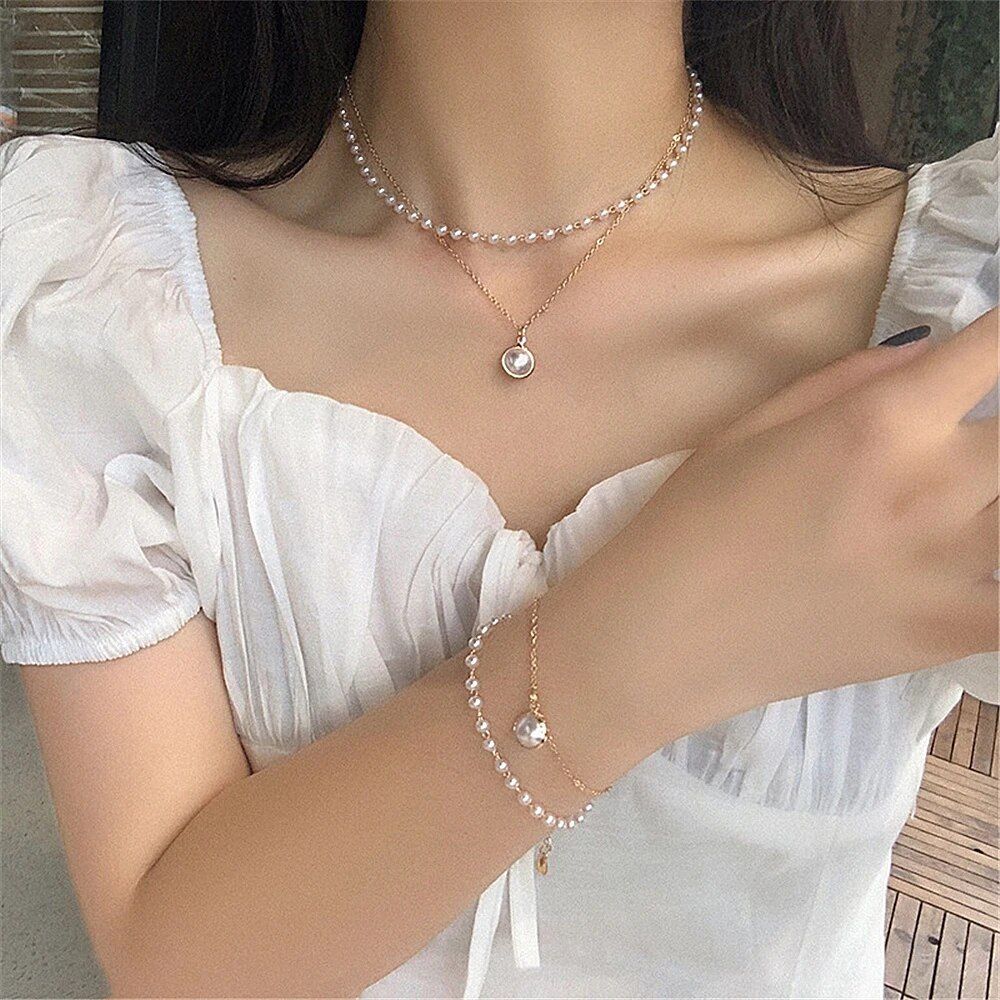
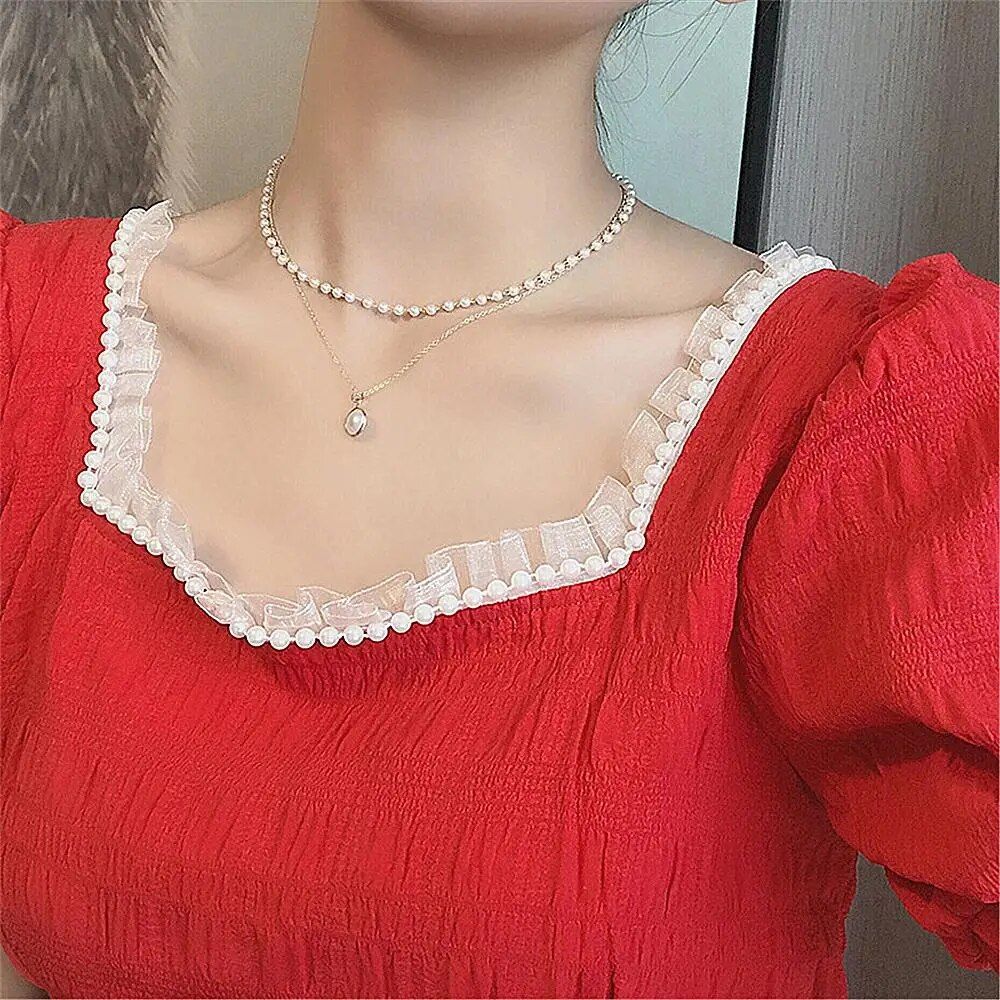
Fashion Retro Simple Pearl Choker Necklace Bracelet INS Fashion Double Layer Chain Pendant Jewelry for Women Girls Gift
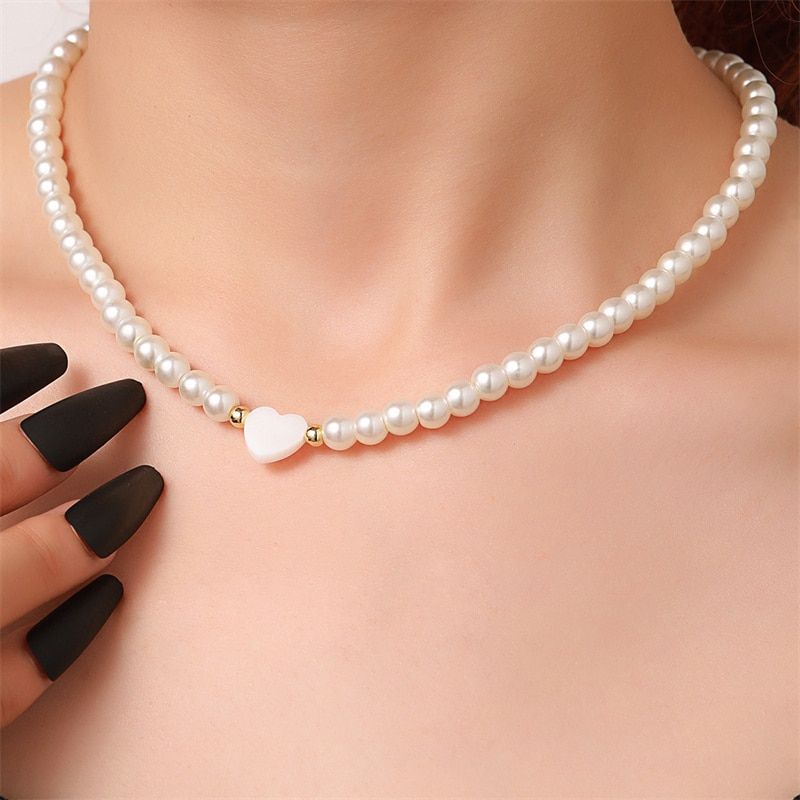
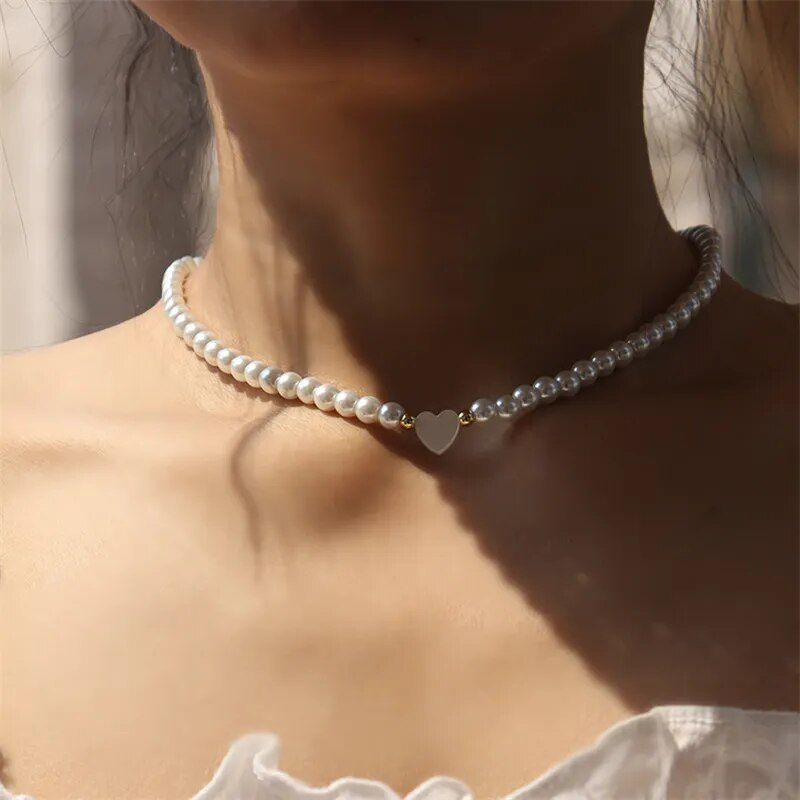
New Trendy Shell Heart Imitation Pearls Necklace Women Handmade 6mm Stone Beaded Necklace For Women Jewelry Gift
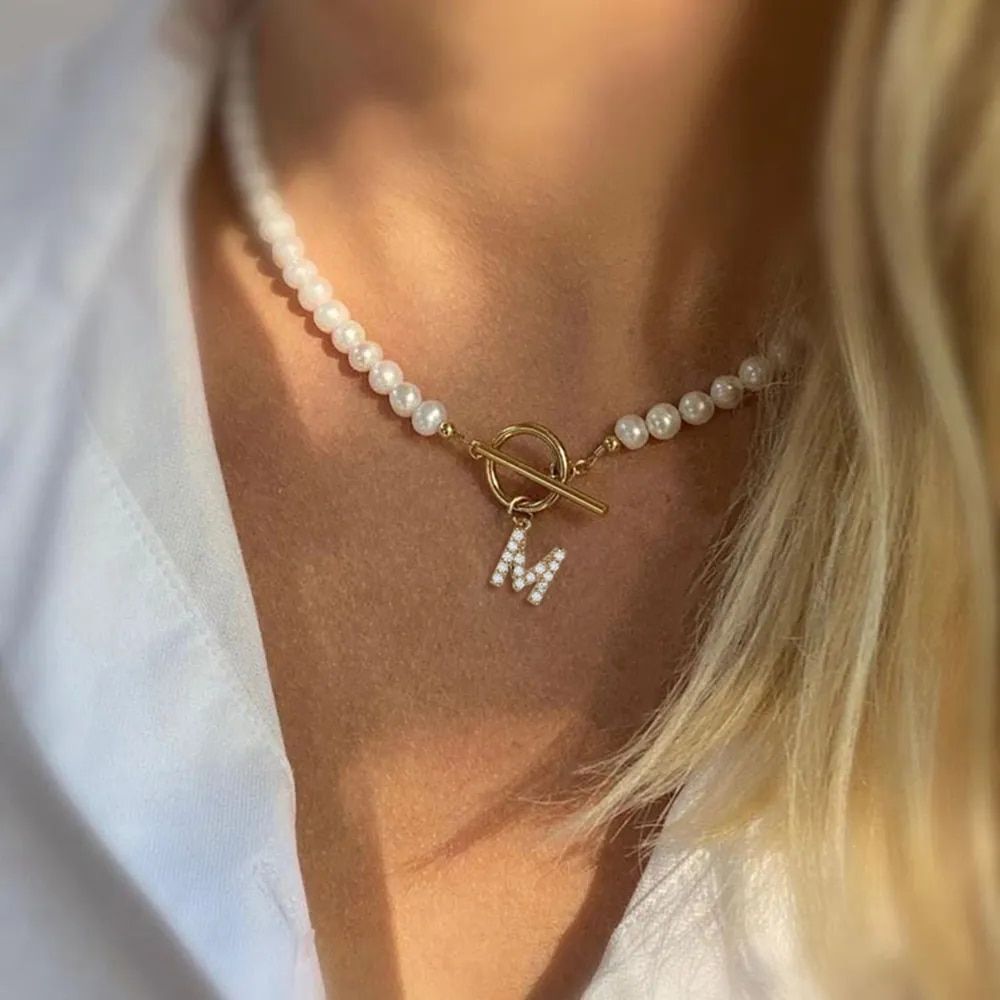
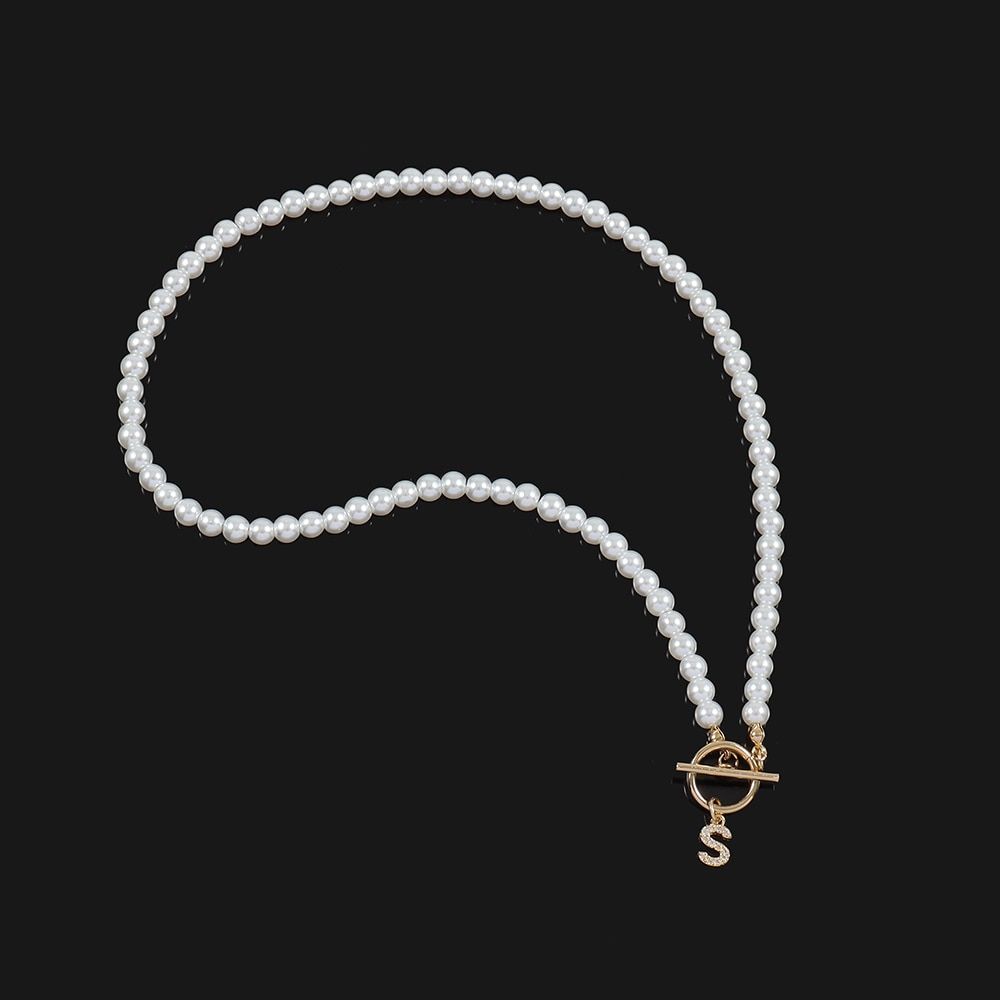
Classic Hot Initial Necklace Women A-Z Letter Pendant Toggle Clasp 6mm Imitation Pearls Necklace For Women Jewelry Gift
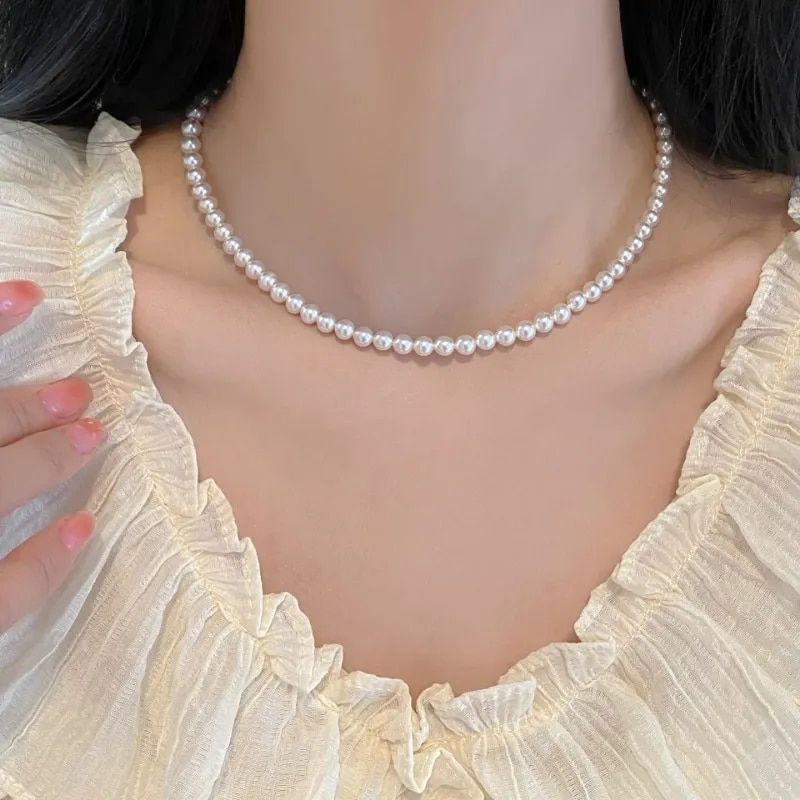

Vintage Style Simple 6MM Pearl Chain Choker Necklace For Women Wedding Love Shell Pendant Necklace Fashion Jewelry Wholesale
Cart
0 Item(s)
